Education in China
History of Education in China
Education in China has a long history that can be traced back to the Shang Dynasty (16th to 11th century BC). During this period, inscriptions on bones and tortoise shells recorded the earliest forms of education, which was mainly focused on rituals, music, archery, charioteering, calligraphy, and mathematics.
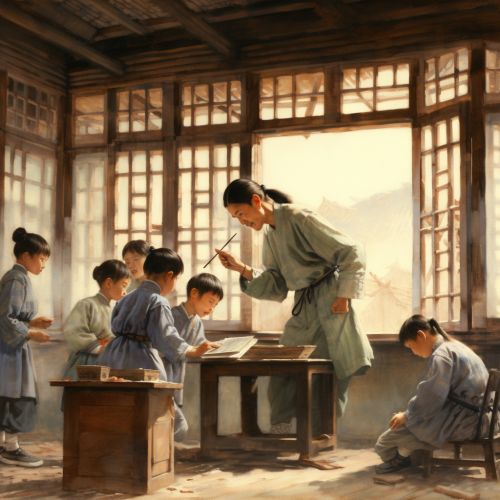
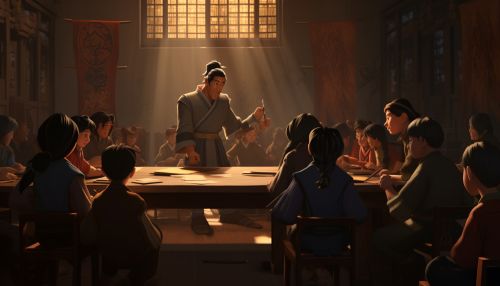
The Imperial examination system, established during the Sui Dynasty (581–618 AD), played a significant role in shaping China's education system. This merit-based system aimed to select the best administrative officials for the state's bureaucracy. It continued to influence education in China until it was abolished in 1905 during the late Qing Dynasty.
Modern Education in China
The modern education system in China, known as the "6+3+3+4" system, was established by the Education Law of the People's Republic of China in 1986. This system includes six years of primary education, three years of junior secondary education, three years of senior secondary education, and four years of tertiary education.
Primary Education
Primary education in China is compulsory and it generally lasts for six years. The curriculum includes Chinese, mathematics, physical education, music, drawing, and elementary science. The Ministry of Education oversees the curriculum and standards for primary education.
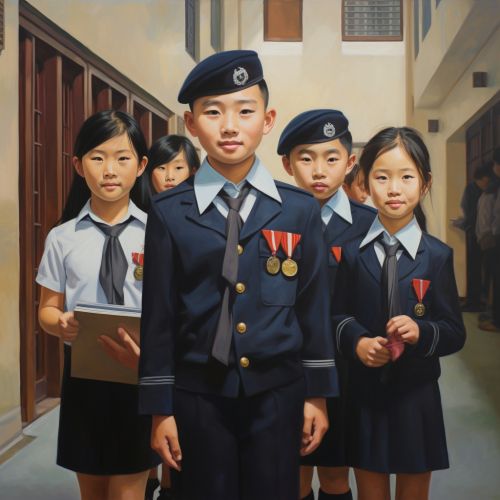
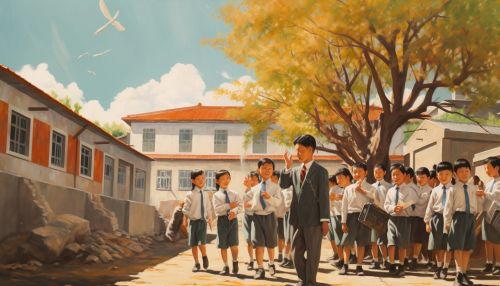
Secondary Education
Secondary education in China is divided into junior and senior secondary education, each lasting for three years. Junior secondary education is also compulsory and includes subjects such as Chinese, mathematics, English, physics, chemistry, biology, geography, history, music, art, and physical education.
Senior secondary education is not compulsory and is divided into academic and vocational tracks. The academic track prepares students for university entrance, while the vocational track provides practical skills and knowledge for employment.
Tertiary Education
Tertiary education in China is provided by universities, colleges, and institutes. It includes undergraduate, postgraduate, and doctoral programs. The National Higher Education Entrance Examination, also known as Gaokao, is the examination that students must pass to gain admission to universities and colleges.

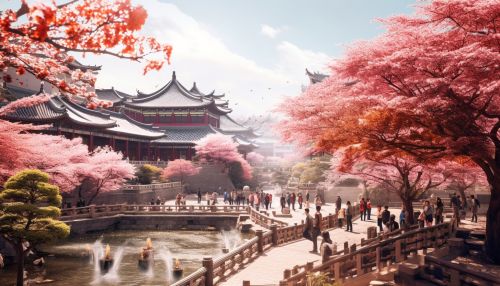
Challenges and Reforms
Despite the significant progress in education in China, the system faces several challenges. These include disparities in education quality between urban and rural areas, high pressure on students, and the need for curriculum reform to foster creativity and critical thinking.
In response to these challenges, the Chinese government has initiated several reforms. These include the "New Curriculum Reform", which aims to shift the focus from rote learning to fostering creativity and critical thinking, and the "Rural Education Action Plan", which aims to improve the quality of education in rural areas.
